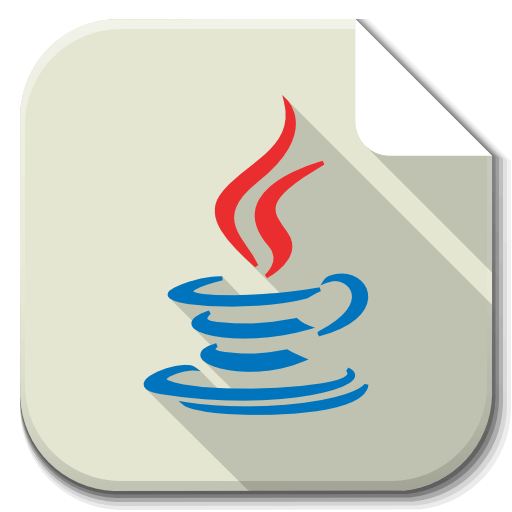
Play Store Application link – Java to Dart in 10 Steps – App on Google Play
Deploying and configuring Dart applications involves steps that are somewhat similar to Java but have their own unique processes and tools. This guide will help Java developers understand how to build and configure Dart applications, drawing comparisons to familiar Java practices where applicable.
1. Building Dart Apps
Compiling Dart Code
In Dart, building an application involves compiling Dart code into native executables or JavaScript, depending on the target platform. This process is similar to compiling Java code into bytecode or native executables.
Java Comparison:
In Java, you compile code using the javac command, which converts .java files into .class files. For Dart, you compile code using the Dart SDK tools.
Java Example:
javac MyApp.java
Dart Example:
dart compile exe bin/my_app.dart -o bin/my_app
In this Dart example, the dart compile exe command compiles the my_app.dart file into a native executable. You specify the output file using -o. For different platforms, you might need to use specific commands or configurations.
Building for Different Platforms
Dart supports building applications for various platforms, including Windows, macOS, Linux, and the web. Each platform may have its own specific build process.
Java Comparison:
In Java, you often use tools like Maven or Gradle to package applications for different platforms, often creating JAR files or native installers.
Dart Example (for Web):
dart compile js -o web/my_app.js bin/my_app.dart
Dart Example (for Mobile):
If you’re using Dart with Flutter (though this guide excludes Flutter), you would use:
flutter build apk
In this Dart example, dart compile js converts Dart code to JavaScript, suitable for web applications. For mobile apps (using Flutter), flutter build apk compiles the code into an APK for Android.
2. Configuring Dart Applications
Managing Configuration Files
Configuring Dart applications involves managing configuration files and environment-specific settings. This is crucial for adapting your application to different environments, like development, testing, and production.
Java Comparison:
In Java, configuration is often handled through property files (e.g., application.properties) or XML configurations.
Dart Example:
For Dart, you might use a config.dart file to manage settings:
class Config {
static const String apiUrl = 'https://api.example.com';
static const bool debugMode = true;
}
You can then access these configurations throughout your application:
void main() {
if (Config.debugMode) {
print('Debug mode is enabled');
}
print('API URL: ${Config.apiUrl}');
}
Environment-Specific Configurations
For environment-specific configurations, you might use Dart’s support for environment variables. This is similar to Java’s use of system properties or environment variables.
Java Comparison:
In Java, you often use System.getenv() to retrieve environment variables.
Dart Example:
To use environment variables in Dart, you can access them via Platform.environment:
import 'dart:io';
void main() {
String? apiUrl = Platform.environment['API_URL'];
print('API URL: ${apiUrl ?? 'Not set'}');
}
You can set environment variables when running your application:
API_URL='https://api.example.com' dart run bin/my_app.dart
Summary
Deploying and configuring Dart applications involves compiling code for different platforms and managing configuration settings, which are tasks familiar to Java developers but with Dart-specific tools and methods.
Building Dart Apps:
- Compile Dart code using
dart compilecommands. - Target different platforms with appropriate build commands.
Configuring Dart Applications:
- Manage configuration using Dart classes or environment variables.
- Adapt settings for different environments similarly to Java’s property files or environment variables.
By leveraging these Dart-specific approaches, you’ll be able to deploy and configure Dart applications effectively, just as you would with Java applications.
